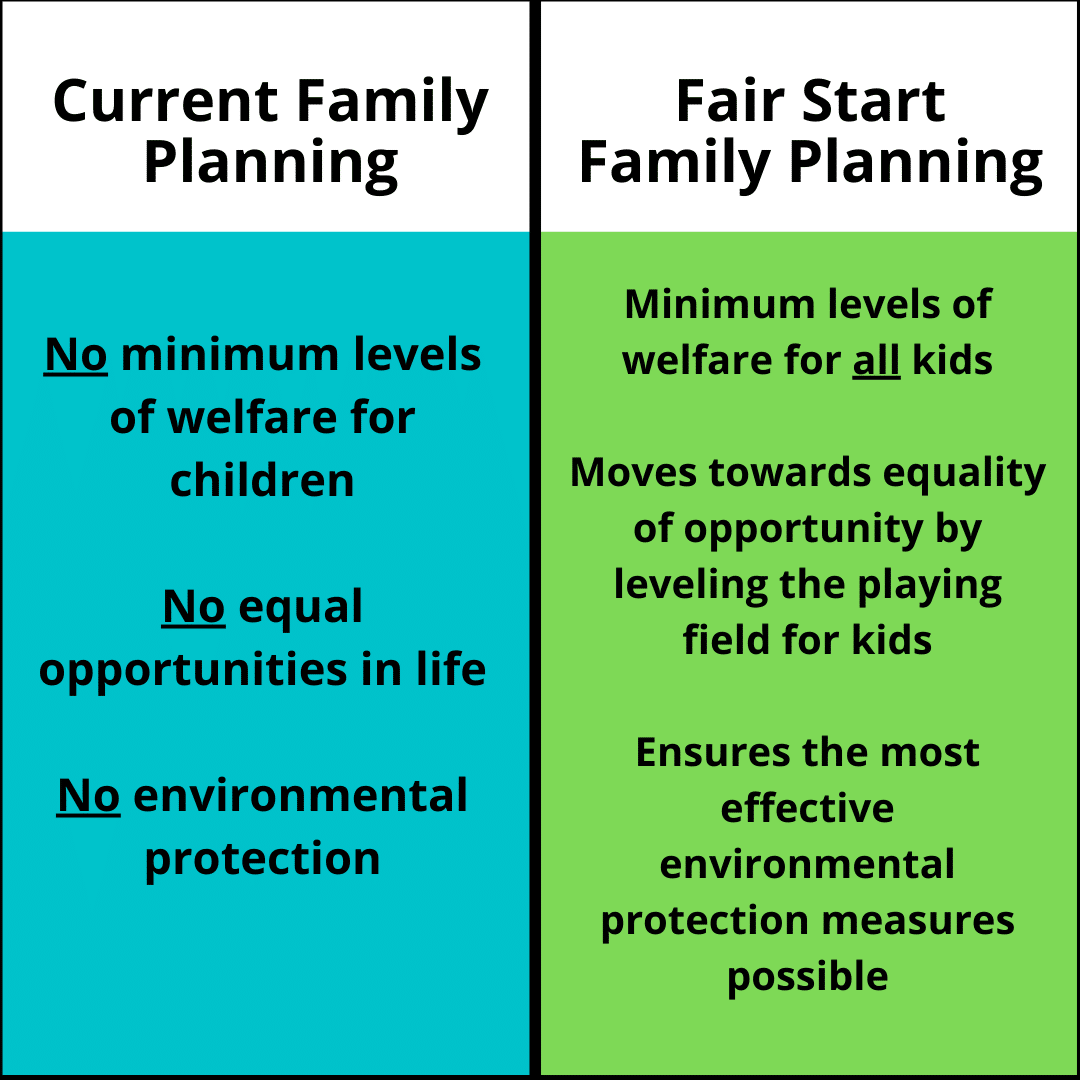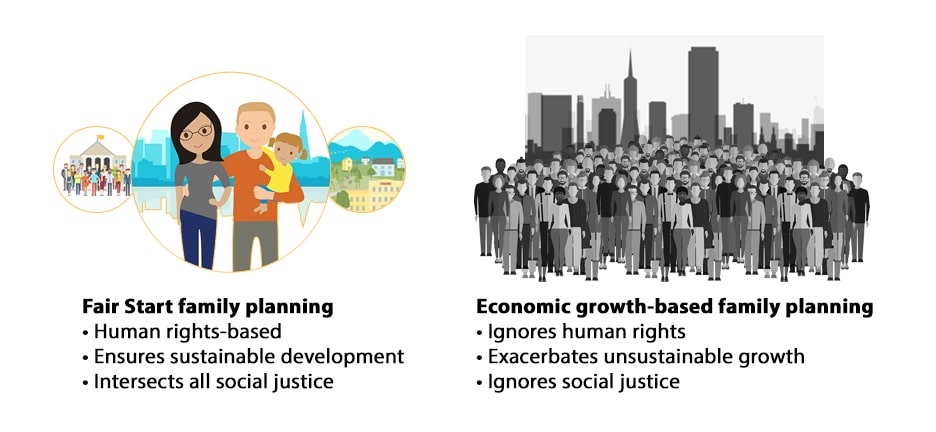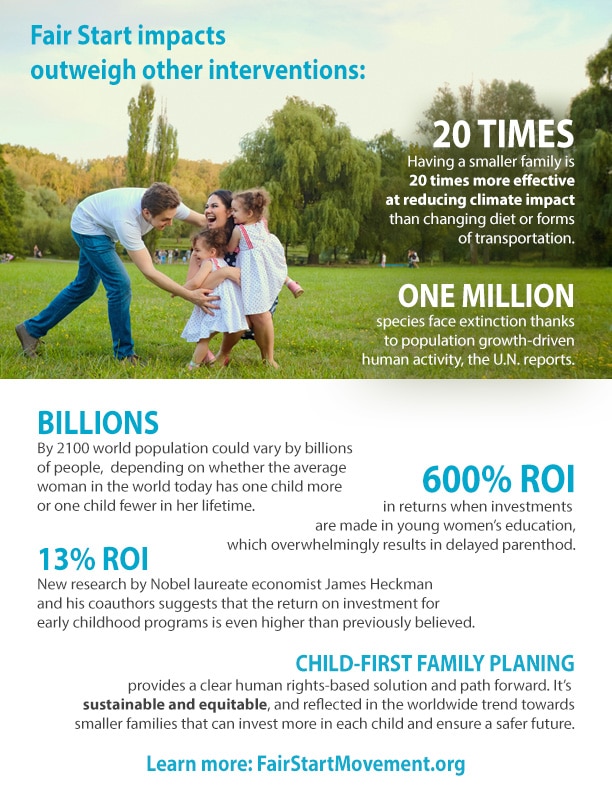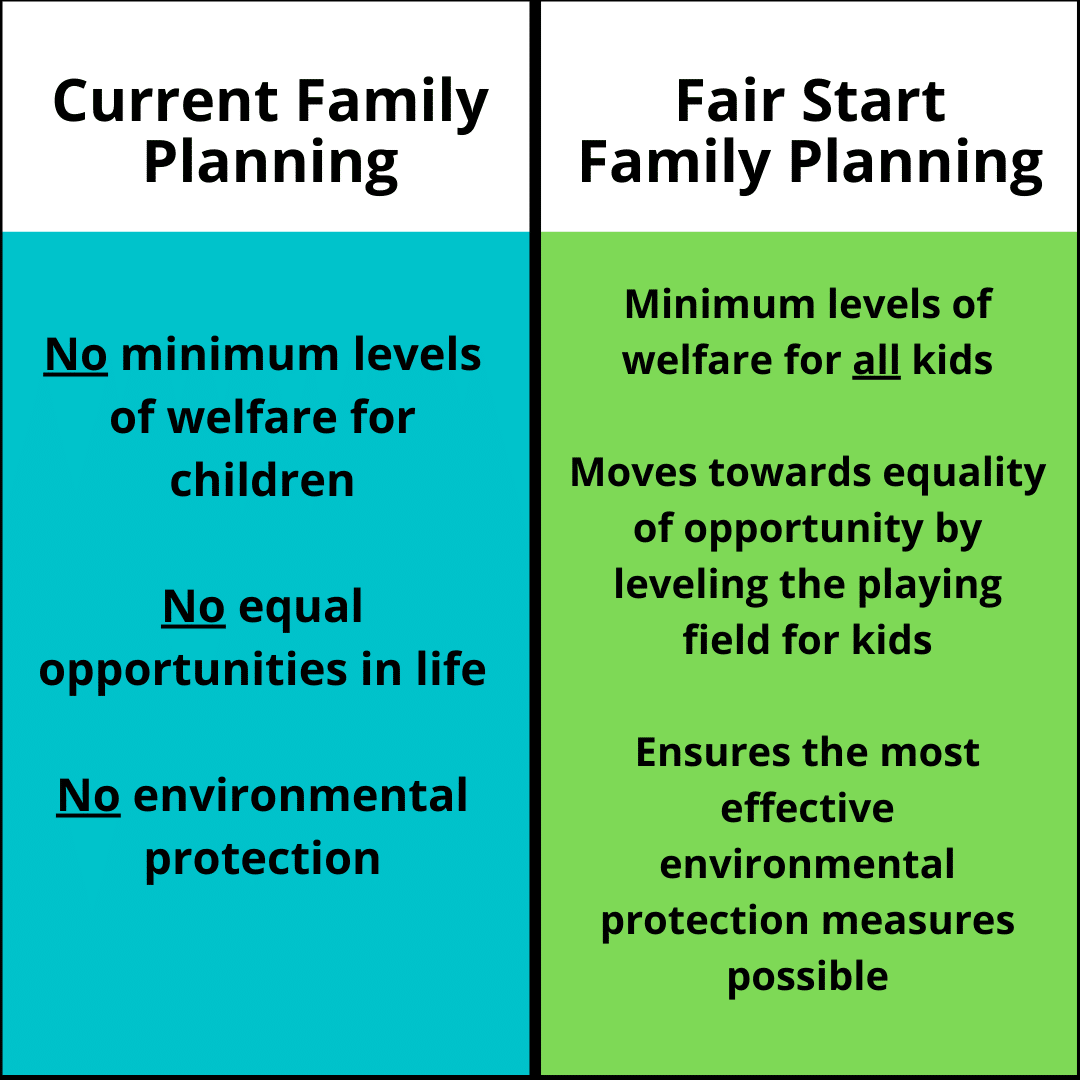Humans are animals. Seeing ourselves us as such moves us away from the Anthropocentric thinking that has ensured the climate crisis, and will kill millions. So, what we refer to as animal rights and law focus on nonhumans not because of their species, but because of their unique vulnerability. Animal law starts with a capacity to actually protect nonhumans, especially in the creation of their relations with the future humans who will determine much about animals’ lives.
How else would we account for unreported and unreportable animal cruelty, which comprises that vast majority of such acts? How else would the law account for avoiding that? What logically would precede ensuring relations likely to prevent it?
Animal law in the best sense thus starts with inclusive birth and child welfare policies that create empathetic relations between humans and nonhumans, relations capable of empowering future persons in legal systems, and benefitting animals. Nonhuman and human liberation are tied because the creation of our mutual relations is the biggest driver of outcomes. Animal law and fields like humane education have to start with the capacity to benefit animals, on balance, and when it derives from a legitimate place it does.
In the last several decades many organizations claiming to further the field of animal law have consistently omitted the fact that most of the benefits of their work was being undone by growth on many levels, and loss of political equity / the influence one has over their legal systems.
There is no universe in which beneficial impacts, taken out of context from their relative position to birth equity, occurred. They are just being stated out of context. Use of such-out-of-context claims hides the fundamental driver for the deaths: Enabling the powerful over the vulnerable
The undoing of their claimed beneficial work, and their masking of growth as the fundamental driver of the climate crisis, was enabled by the assessment and reporting standards that caused the climate crisis, standards that ignore illegal violations of vulnerable children’s birthrights. In other words, leaders at these organizations chose a version of animal law that – at base – excluded animal protection as a factor impacting how we invest in children coming into the world, and on balance this emaciated version of animal law did more harm to animals than these organizations did to benefit them.
It was a version of animal law that did not, on balance, have the capacity to benefit animals because it does not account for the actual relations between humans and nonhumans, the relations that necessitate the need for protections. It was a version of animal law designed for the benefit of animal lawyers, not for the benefit of animals.
We can fix this mess by moving what we claim to value – animal protection and liberation – into our fundamental constitutional regimes. How?
It starts with Telling the Truth:
Facts: We have all collectively violated children’s right to a fair start in life, by allowing unsustainable growth, trading economic growth for loss of political equity, ensuring the degrading of ecosocial birth and development conditions beneath key thresholds, and assuming children of color deserved much fewer resources and much more risk. This has done more to harm our shared values – animal protection and liberation, experiencing moderate temperatures, enjoying access to food and water, etc. – as well as our many of our public interest missions, than we did to further them.


“Animal law” does not mean talking about abstract directives that refer to animals, and relying in good intentions and symbolic acts to achieve animal protection. Yes, advocates may have better intentions than Exxon, but how much do animals care about our intentions, and why not measure justice from an objective standard rather than use bad actors as the standard?
It’s first and foremost about having functionally protective, legal relations with nonhumans, an idea better reflected in the preambles of constitutions than any reference or lack of reference to animals per se.
Background
Humans are animals and our birth and development – our creation – is the largest determinant of nonhuman suffering. It outweighs any other human behavior that impacts nonhumans, exponentially. Our creation also determines how – through participatory democracy and representation, or what is really just political equity or our functional shared in democracy – our legal systems function.
Animal law starts with that issue – the creation of humans – the first necessary condition for something to be animal law and capable of protecting them. It starts at the subject level of our grammar, the “we” in our constitutions, or the creation-accounted-for existence of our relations with them.
AI systems adept at assessing racial injustice can detect equity values at the subject-level of value claims (and those values will alter the human-animal relations), versus the object level of those claims. Consider the need to distinguish between something like equity in hiring decisions versus who is birth-positioned to make those hiring decisions. A goal for permissible climate emissions as the object of a sentence differs greatly from a low emissions standard implicit in the “we” subject of the same claim, with that collective subject implying the ability of all referenced to be free from harmful emissions. Permissible emissions as a goal/object frames the political system as consensual and legitimate (especially from the perspective of nonhumans), which it would not be without restoration as a condition of the collective subject.

But instead, these issues are rarely discussed because creation ethics, unlike food, zoning, shelter, etc. policies, involve big questions of racial equity, climate reparations, personal responsibility in parenting, de-growth and liability for charitable fraud that hid the drivers of the climate crisis.
Creation ethics as a subject, threaten the nepotistic families and funders who for decades have used their wealth to define animal law in a narrow way, relying on advocates eager to get the benefits of well compensated but low-impact charade work, contrary to the interests of nonhumans and vulnerable humans. Every day growth undoes the impacts and benefits animal lawyers and others advocates claim to produce. But few will admit that.
Performative Animal Law
It’s easier to engage in performative animal law where we just talk about how legal language refers to animals, while the actual benefits to animals and vulnerable humans are undone via inequity and growth, and we enjoy the benefits of our growth based investments and institutions. It’ s easier to use wealth made at cost to animals to create interventions that are being undone daily, in ways that benefit those creating the interventions more than animals, using large media budgets to drown out possible interventions that would on balance benefit animals. But there is no such thing as anthrocentric animal law.

You don’t get to justice by starting with injustice, by violating children’s rights in the birth-creation of actual relations. We don’t get to legitimate nations by having zero functional protections for children as they enter the world, and thus for the nonhuman world they will impact.
For example, circa 2003 Fair Start advocates previously working with the Humane Society of the United States (“HSUS”) embarked on a policy to frame farmed animals as the most numerous class of animals subject suffering at the hands of humans. We did this while partnering with Whole Foods and other entities intent on commercializing the growing anger HSUS and others would create by publicizing the treatment of farmed animals. We had found a way to monetize the idea of animal liberation, but not actually accomplish it.
In reality, the most numerous class of animals are future animals, and HSUS was employing the same discount rate to future animals as growth-economists were applying to future persons. In reality, the most impactful intervention for humans and nonhumans would have centered around growing calls at the time for the promotion of a small family ethics, law and policy.

But HSUS and others chose to focus on food reforms, all of which assumed growth-based food markets. While the book Winners Take All: The Elite Charade of Changing the World, by Anand Giridharadas, looked at issues of human justice, that turn – to focus on food sales over fundamental justice – is the greatest example of the phenomenon he saw, once we measure by the numbers of victims impacted.

Many of the funders, legal advocates and activists working on these issues at the time would go on to make a lot of money in the food sector, in the years to follow, having used sensational campaigns centered on granular/micro issues of animal suffering that overshadowed the macro forces – like growth-driven demand – undoing the work. That growth driving more and more animals into suffering and acting as the largest diver of climate outcomes.
How does this relate to animal law specifically? Animal law is arguably the most demanding form of social justice, and thus a good measure for how systems fare in being just or unjust. It purports, in referring to a legal system capable of actually protecting nonhumans, to be inclusive of the vulnerable in a measurable way.
Animal law goes beyond impacts, and requires assessments about how we are including future children into legal systems in ways that empower those children and legitimate the systems. Look closely at all of the content being created and framed as “animal law,” from 2003 until today. You will see a lot of focus on food and similar downstream-only interventions. Look then for comparable work on family reforms that would have benefitted nonhumans, and vulnerable humans, alike. You will be surprised to find little if any, and with some of the organizations actually encouraging growth that ignores children’s rights in favor of economic growth.
In many cases the funding of animal nonprofits exemplifies a next-level expansion of the corruption that is well documented in philanthropy: The use of well-funded messaging, media, academia, etc. to limit the ability of audiences to use accurate criteria to judge the truth and value of claims and impact.
In one case, those designing programming at Harvard University define the scope of their work in an inaccurate way that implies a beneficial overall impact on animals that is totally unsupported by their work. When political equity is factored in, the scope privileges those funding the work more than the animals they claim to protect. The site refers to the program as “Committed to analyzing and improving the treatment of animals through the legal system,” and yet nothing in their policies or work addresses the fundamental driver of animal suffering and death because that driver—anthrocentric growth—benefits the school and their funders.
One senior funder, associated with the program, is known for creating digests of animal law developments. That funder has refused requests to cover developments in abortion access precedent as “animal law” because, according to their representative at the time, the idea of “animal law” required legal developments that discussed animals. They ignore legal reforms around abortion access as a benefit to animals, despite the disproportionate benefit abortion access has for animals, relative to food. They define animal law in ways that ignore the largest determinants for animals, things like the notion of black birth equity as an overriding human right.
The funder uses a metric for impact that omits growth and other birth-related impacts, which ensures birth inequity, and derives from the successful subversion, through separate but equal family policies and laws, of Twentieth Century racial justice movements. The policies and standard work by weighting autonomy or self-determination outside of the context of one’s political equity or effective share in their democracy, which makes value assessments (and things like discount rates) wildly inaccurate. One’s arbitrary birth positionality, one’s draw in the birth lottery in terms of race, intergenerational positioning, nationality, etc., is assumed to be fate or the hand of some magical deity, rather than a product of bad policy requiring contemporaneous offsets to ensure the political equity that legitimates governance.
That standard – which is the same one used by a notorious milk brand – is key for the funder, because their entity is highly nepotistic, spending more on family members compensation than on policies capable of actually benefitting animals. Many of the entities relying on funds from funder avoid talking about this issue for obvious, but unethical, reasons. That silence ensures funds meant to benefit animals don’t – on balance – have that effect, while deadly inequity between humans grows.
To be clear, the funder is choosing a system that retains unearned birth-based positionalities and privileges that enrich some at deadly cost to others , and in a way that undercuts their commitment to animal rights, law and policy.
In another case, after a professor at Princeton endorsed an Fair Start letter calling for the Dean of Yale Law School to invert her analysis of equity and reparations under the binary system we describe here, faculty at the school engaged the author, copying their supervisor at work, ostensibly because the blog exposed massive disparities between the values and impact claimed by the school, and true impact relative to the equity measures that would have avoided the climate crisis.
Yale Law School has yet to make changes to their omissive claims.
These claims ignore unjust family policies, and the daily undoing of the claimed benefits, on many levels.

In fact, many animal lawyers have continued to double down, explicitly embracing anthropocentric systems that have benefitted their funders more than animals. Why does all of this matter? Demands for climate reparations are growing, and many will be wondering what those attorneys and advocates working under the mantle of protecting the most vulnerable were doing during the most crucial years of us all knowing the climate crisis was unfolding, years when we were able to do something about it.
Animal lawyers, more than most, will have questions to answer for their role.
Were they advocating for performative behavior-changing standards without changing the fundamental relations being created, focusing on micro propertyhood, while hiding a much more lethal form of macro propertyhood? What role did funders making money on the latter, those who did not want to question their or their kids’ birth-based national, intergenerational, racial, etc. positionality, have in that fallacy?
If we have account for way inequity and growth undoes our claimed good work for animals, in which fantasy world were we actually benefitting animals? Some recent direct action efforts give promise that animal law can move towards animal liberation, and not just talking about it while living in ways – fundamental ways – that hypocritically undo it. But unless direct action animal liberation movements also include macro animal liberation reforms, they too are not serving nonhumans on balance.
Fair Start: Fundamental Fact and Value Checking
The Fair Start Movement was formed to engage in fundamental fact checking, scanning for use of the same fundamentally illegal standard of entitlements that caused the crisis by those who would use it to avoid liability for the crisis, and for life-saving and legitimating climate reparations.

Under the Fair Start Tell The Truth campaign, we ask questions to bifurcate key influencers into the fair and unfair, and in the latter identify key barriers who should disclose how much of the value they claimed to create has been undone when we factor in growth, and the violations of children’s’ birthrights that enabled that growth. In this process we contrast impact claims with actual harm, relative to a zero-harm baseline, or the neutral standard necessary for a coherent understanding of freedom.
We then urge those key barriers to admit the undoing, and shift some percentage of their resources to incentivize fair starts in life for all kids as the most just and effective solution to the problems we face today. Legitimate nations begin with – or constitute through – rights-based relations, and Tell the Truth identifies “nonconstitutive” targets blocking that process, often by creating a fantasy world of inaccurate impacts.
The Fair Start Movement formed because of the common use, in U.S. companies, nonprofits, media, universities, etc. of an illegal assessment and reporting standard to hide climate damage liability, a standard based on the same fundamentally Illegal metrics that caused the climate crisis and millions of deaths. The standard – deriving from Twentieth Century power grab efforts to subvert civil rights movements – siloes justice away from birth equity into downstream issue areas that act as decoys, hiding a growing lack of birth-based political equity.

This power grab effectively skipped children’s rights in the logic of human rights regimes, applying them only after children were born into conditions that violated the rights. This was a way to shift costs, evade hard checks on growth, avoid racial equity, and ensure status quo in the direction of power. The illegal; standard centers on using top-down, abstract, and arbitrary measures for social justice and public interest outcomes, rather than zeroing out harm in the actual creation of relations.

Be effective.
A stark example is the anthropocentric commercialization of animal rights as a form of food salesmanship – the selling vegan food in growth-based markets devoid of racial and other measures of social justice, as animal liberation. Animal rights as food consumerism shows how a radical social justice movement can fall prey to the illegal standard, as organizations continue to make fraudulent impact claims undone every day by inequity and growth.
Any most of the companies that diverted funds away from successful reforms actually failed.
We can all start to change this, and with easy conversations that begin with questions like: “We noticed you said this about your work and impact. We worry this refers to the use of the same fundamental assessment and reporting standard that caused the climate crisis – the one that does not require child-rights based family planning. How were you accounting for children’s rights as they entered the world when you claimed to have a beneficial impact? Were your impacts being undone?”

Please consider making a contribution through Donate. Together, we can create lasting change to save next generation

